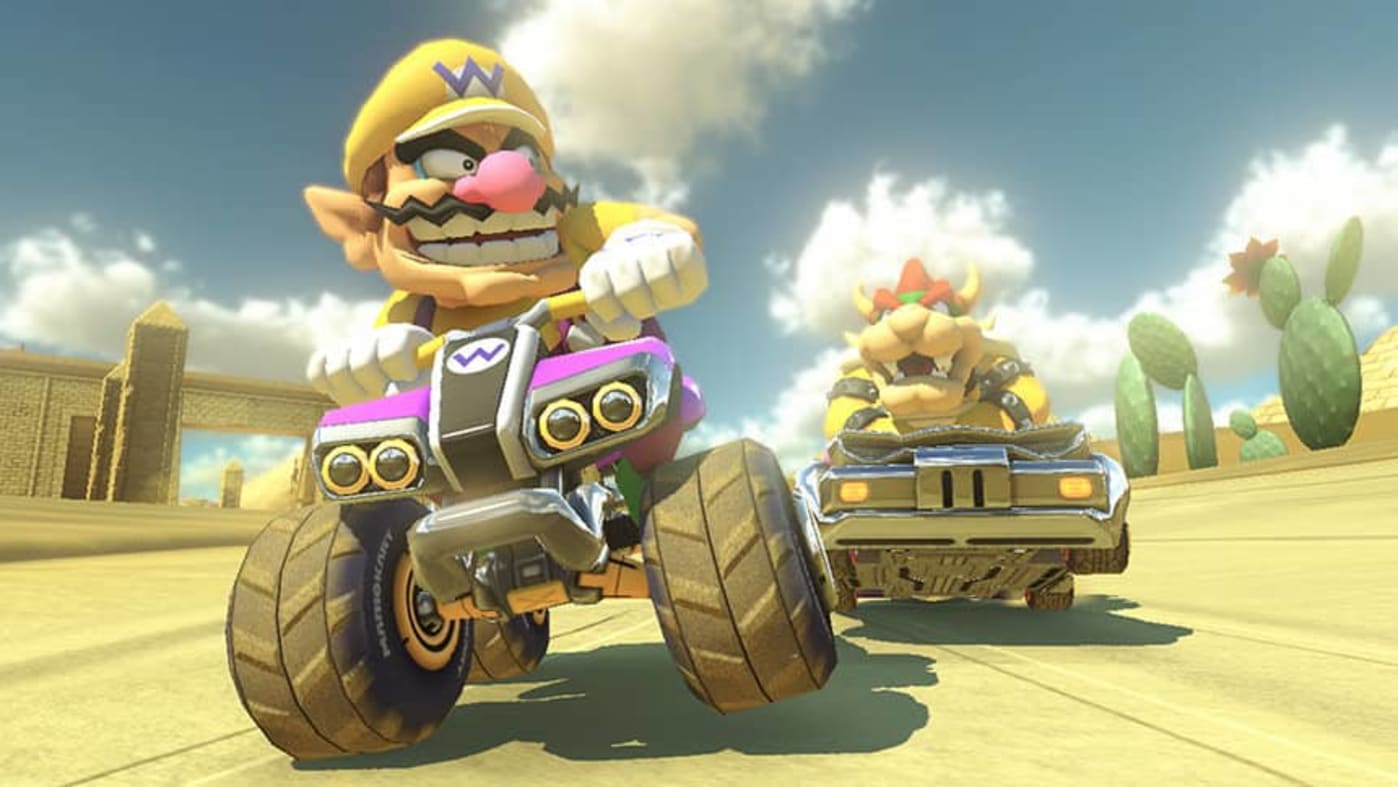The world’s largest direct carbon capture plant just went online
Swiss start-up Climeworks has done it again. The company just opened the world’s largest carbon capture plant in Iceland, dwarfing its own record of how much CO2 it can pull from the air. The company’s previous record-holding carbon capture plant, Orca, sucks around 4,000 tons of CO2 from the atmosphere per year, but the new plant can handle nearly ten times that, as reported by The Washington Post.
The plant’s called Mammoth and boasts 72 industrial fans that can pull 36,000 tons of CO2 from the air each year. Just like with Orca, the CO2 isn’t recycled. It’s stored underground and eventually trapped in stone, permanently (within reason) removing it from the environment. The plant’s actually located on a dormant volcano, so it’ll make a great hideout for a James Bond villain should it ever cease operations.
The location was chosen for its proximity to the Hellisheidi geothermal energy plant, which is used to power the facility's fans and heat chemical filters to extract CO2 with water vapor. After extraction, the CO2 is separated from the steam, compressed and dissolved in water. Finally, it’s pumped 2,300 feet underground into volcanic basalt. This compound reacts with the magnesium, calcium and iron in the rock to form crystals, which become solid reservoirs of CO2. It’s pretty nifty technology.
However, it’s not the end-all solution to climate change. It’s barely a blip. For the world to achieve "carbon neutrality" by 2050, "we should be removing something like six to 16 billion tons of CO2 per year from the air," said Climeworks founder Jan Wurzbacher, according to reporting by CBS News.
Therein lies the problem. This facility, the largest of its kind by a wide margin, can capture up to 36,000 tons of CO2 from the air each year, but that’s just 0.0006 percent of what’s needed to meet the minimum annual removal threshold as indicated by Wurzbacher. There are other plants, of course, but all of them combined don’t make a serious dent in what’s required to pull us from the brink.
To that end, Wurzbacher has pleaded with other companies to take up the cause. He says that Climeworks has a goal of surpassing millions of tons captured per year by 2030 and a billion by 2050. The company’s chief technology officer, Carlos Haertel, told 60 Minutes that scaling up the process globally is possible, but requires political will to rally behind the initiative.
The Biden administration recently committed $4 billion to jumpstart the industry here in the states and earmarked $1.2 billion for a pair of large-scale projects. The US Department of Energy also started a program called Carbon Negative Shot, with a goal of fostering the development of budget-friendly carbon capture technology.
Today, we're officially launching a new portfolio offering to expand our carbon removal service beyond direct air capture and fast-track the industry's scale-up. We're thrilled to finally reveal Climeworks Solutions! https://t.co/0CDAQLObEU pic.twitter.com/f8ojbF3ZLo
— Climeworks (@Climeworks) April 17, 2024
The method of carbon capture deployed by Climeworks is just one of many approaches. These processes range from stacks of limestone blocks that absorb CO2 like a sponge to giant hot air balloons that freeze and trap the chemical compound. Restoring forests is another option, which is something companies like Apple and Goldman Sachs have experimented with. Which one is best? All of them together deployed at global scale. Whatever it takes. Climate change isn’t fooling around.
This article originally appeared on Engadget at https://www.engadget.com/the-worlds-largest-direct-carbon-capture-plant-just-went-online-172447811.html?src=rss

© Climeworks


